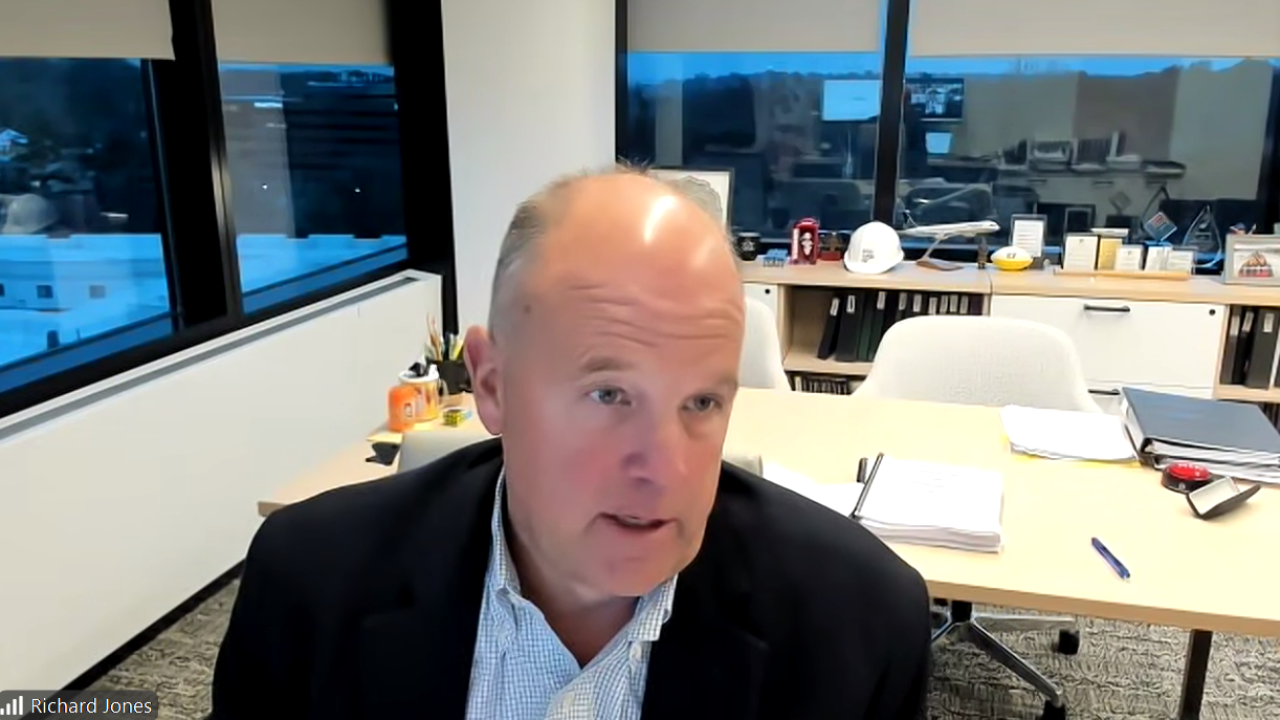Want unlimited access to top ideas and insights?
Many firms try to develop innovative services based on their and their staff's abilities, the available technology and what they think their clients would need. They then expend efforts to "sell" these new services to their clients. Sometimes it works and sometimes it doesn't. I think a better method is to find out what the client needs and then to figure out how to fill that need.
Clients' needs are continuously changing. Some changes are evident and some not too obvious. Many people seem to assess needs in terms of the way they have been performing and that is an introspective method. Outside-the-box thinkers try to imagine needs that will develop. I've been pretty successful with this and my process is to examine a situation, chart it out, list the uses and benefits to the client, and then scope out various situations that are served and not served by that process. I also prepare a timeline of the progression of what we would do and see if there are any points of digression.
New technologies and disruptions are always being introduced. I clearly remember a friend's remarks when QuickBooks was introduced. He thought he would be forced to look for something else to do since QuickBooks would replace what he was doing for his clients. I told him QuickBooks was opening new opportunities. Some of these were to teach clients how to use QuickBooks and to set up reports to be used to advise clients about their businesses. I also told him I thought my fees would remain the same, but that the work would shift from lower-level staff performing repetitive functions to higher-level creative and advisory consultations. In some respects, shifting the work upward is not a good business model, but I used that shift to train staff on how to become more advisory and expansive minded. My friend saw QuickBooks as a catastrophe, and I saw it as an opportunity. There are many more situations, but I think this makes my point.
One way of uncovering clients' needs is to listen to them. Once a need or discomfort is expressed, you should consider how to address it and provide direction to achieve that need or eliminate the discomfort. Clients might have concerns about ways for their business to grow or for them to grow personally, and how to shift work to lower-paid personnel, outsource certain processes (including their entire accounting and bookkeeping department to you), and open new markets. They may need to find alternative uses for their products, develop pricing policies, identify raw material availability and substitutes, and eliminate production bottlenecks. They may need to discuss their succession plan, or a plan if they suddenly become disabled or die prematurely, or a buy-sell agreement if there's more than one owner. They may be concerned about cash flow management, the adequacy of their insurance coverage, whether their business is growing in value, exactly what the value is, whether they have enough to retire, and dozens of other potential needs. We are fully capable of performing many of these services and what we cannot do should be learned.
You need to start the process with the dedication of focusing on developing services the client needs and then implementing them. The first step is to meet with a client and ask about their pain points or major concerns and then listen. I've initiated these listening sessions at meetings, the purpose of which was to review the current numbers, as well as during lunch meetings with no clear agenda other than to touch base. This can also be done with virtual meetings and phone calls. You can come up with any method that works for you. The main issue is getting started finding out your clients' needs and then developing a way to fill them. These solutions can lead to enormous benefits for your clients and exciting new services in which you can become an expert.
Do not hesitate to contact me at





